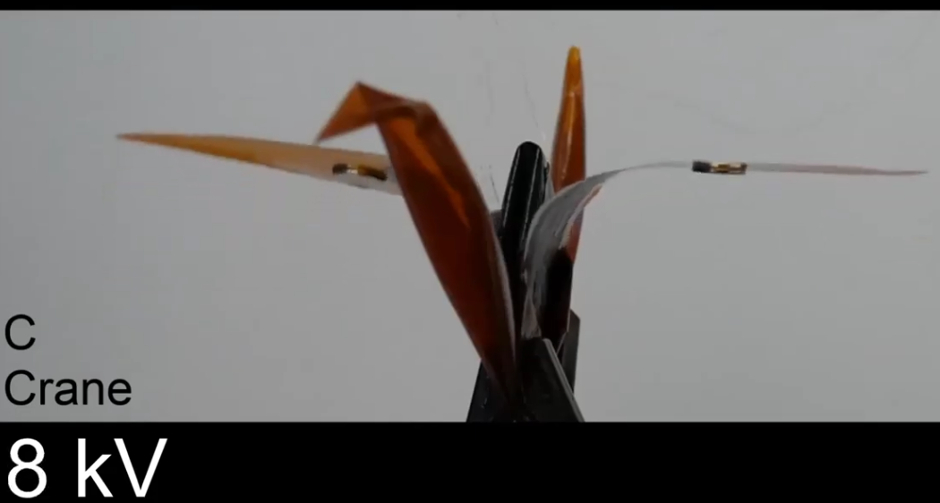
Developed by engineers from Bristol Robotics Laboratory and Engineering Mathematics, the device is said to be as thin as paper but capable of lifting 1,000 times its own weight. Furthermore, the structures can be made from any combination of insulating and conducting materials.
“With electro-origami, we can replace electromagnetic motors with light, scalable, silent alternatives,” said Dr Majid Taghavi, one of the inventors of the technology. “Because electrostatic devices do not require high currents, they produce much less heat and can be much more efficient than electric motors.”
The research, published in Science Robotics, comes from the same team that previously developed smart robotic trousers to improve the mobility of older adults and people with disabilities.
“We first discovered the electro-origami concept more than two years ago, whilst developing artificial muscles for assistive robotic clothing, however it has wide applications across engineering and robotics,” said, Dr Tim Helps, who co-authored the study alongside Dr Taghavi and Prof Jonathan Rossiter at the University’s SoftLab.
One application of the technology has been named an “electro-ribbon actuator” and comprises a pair of bow-shaped conductive ribbons that zip together to produce force or lift objects. One such device starts out 180mm long but is less than 1mm thick when contracted.
The team also demonstrated more complex devices such as robotic grippers, crawling robots, origami springs and a flapping origami crane.
https://www.youtube.com/watch?v=t88efUWaMR8&feature=youtu.be
“We believe electro-origami could be used in wearable devices that give you a boost in power and keep you physically independent, in space applications to produce solar-panels which fold away like tree leaves inside buds, and even in robotic art where tactile surfaces and structures morph like living things,” said Prof Rossiter.
The Bristol team aim to put electro-origami technology into products within a few years and have been awarded follow-on funding to pursue commercial applications.




Nanogenerator consumes CO2 to generate electricity
Whoopee, they've solved how to keep a light on but not a lot else.